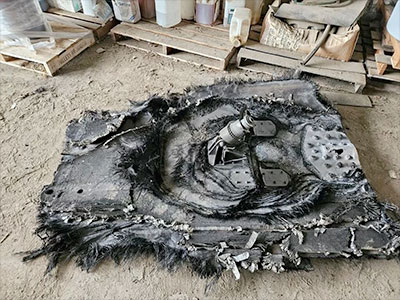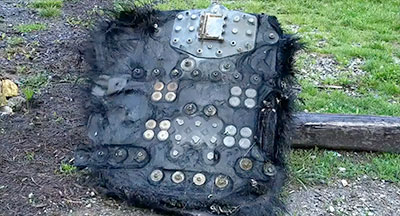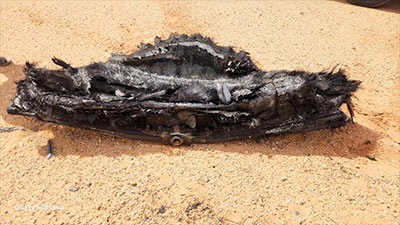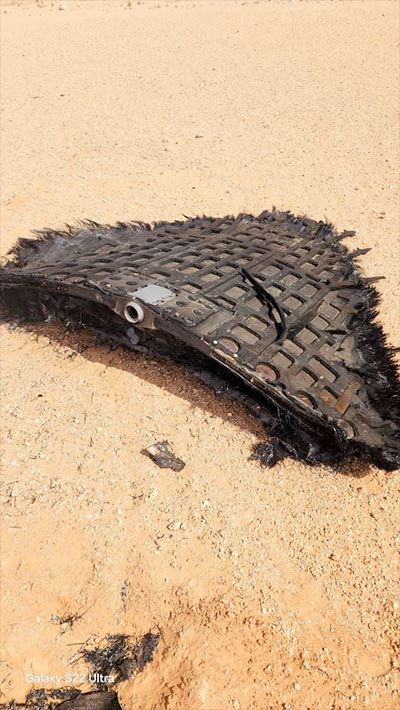Dragon Recovery to Return to the u.s. West CoastSpaceX's Dragon spacecraft is designed to fly both astronauts and cargo to and from Earth's orbit, advancing humanity's ability to live and work in space on the road to making life multiplanetary.
In June 2010, Dragon became the first privately-developed spacecraft in history to launch, orbit Earth, reenter, and be recovered back on Earth. This milestone was followed by Dragon becoming the first commercial vehicle to visit the International Space Station in May 2012 under NASA's Commercial Orbital Transportation Services (COTS) program – an incredibly successful public-private partnership that has led to regular commercial cargo resupply missions to the space station through NASA's Commercial Resupply Services (CRS) contract. In 2020, NASA certified Dragon for human spaceflight after the historic launch of NASA astronauts Doug Hurley and Bob Behnken to the space station.
Dragon's now 45 missions to orbit have helped ensure the continued operation of the space station – delivering critical supplies, scientific research, and astronauts to the orbiting laboratory – while also creating greater opportunities for humanity to explore Earth's orbit.
Dragon Design and Current Recovery Operations
The Dragon spacecraft is comprised of two parts: a pressurized section that safely flies crew and cargo, and an unpressurized expendable section called the trunk, which contains hardware used for spacecraft power and cooling while on-orbit. On cargo missions, the trunk can also deliver or dispose of unpressurized hardware from the International Space Station, depending on mission needs. When Dragon returns to Earth, the trunk is jettisoned prior to the spacecraft safely splashing down.
During Dragon's first 21 missions, the trunk remained attached to the vehicle's pressurized section until after the deorbit burn was completed. Shortly before the spacecraft began reentering the atmosphere, the trunk was jettisoned to ensure it safely splashed down in unpopulated areas in the Pacific Ocean.
After seven years of successful recovery operations on the U.S. West Coast, Dragon recovery operations moved to the East Coast in 2019, enabling teams to unpack and deliver critical cargo to NASA teams in Florida more efficiently and transport crews more quickly to Kennedy Space Center. Additionally, the proximity of the new splashdown locations to SpaceX's Dragon processing facility at Cape Canaveral Space Force Station in Florida allowed SpaceX teams to recover and refurbish Dragon spacecraft at a faster rate to support a rapidly growing Dragon manifest after the completion of NASA's Demo-2 mission in August 2020.
This shift required SpaceX to develop what has become our current Dragon recovery operations, first implemented during the Demo-1 and CRS-21 missions. Today, Dragon's trunk is jettisoned prior to the vehicle's deorbit burn while still in orbit, passively reentering and breaking up in the Earth's atmosphere in the days to months that follow. As the trunk does not have any maneuvering capabilities of its own after separation, the location and precise timing of the trunk's reentry cannot be predicted and is dependent upon solar activity.
When developing Dragon's current reentry operations, SpaceX and NASA engineering teams used industry-standard models to understand the trunk's breakup characteristics. These models predicted that the trunk would fully burn up due to the high temperatures created by air resistance during high-speed reentries into Earth's atmosphere, leaving no debris. The results of these models was a determining factor in our decision to passively deorbit the trunk and enable Dragon splashdowns off the coast of Florida.
In 2022, however, trunk debris from NASA's Crew-1 mission to the International Space Station was discovered in Australia, indicating the industry models were not fully accurate with regards to large, composite structures such as Dragon's trunk. SpaceX and NASA reviewed the data and performed additional materials testing to better understand the trunk's break-up characteristics and improve the respective modeling.
To date, the majority of trunk debris has reentered over unpopulated ocean areas. In the last six months, however, SpaceX became aware of three new cases where trunk debris was found on land; SpaceX is unaware of any structure damage or injuries caused by these debris.
Looking Ahead
SpaceX is committed to safe spaceflight operations and public safety; it is at the core of SpaceX's operations. After drawing new conclusions based on the data, we made two immediate changes while continuing to find a longer-term solution. First, in agreement with NASA, we paused trunk payload disposal during return operations; an empty trunk has a higher probability of fully burning up during reentry than one with payloads. Next, SpaceX implemented material changes to certain components of Dragon's trunk to further improve the probability of it burning up during reentry.
Simultaneously, SpaceX engineering teams explored a wide variety of solutions to fully eliminate the risk of trunk debris landing on populated areas without increasing risk to Dragon crew or the public. Some of the options studied included a complete trunk redesign; a dedicated propulsion and guidance system to allow the trunk to deorbit itself; jettisoning the trunk at different times in the deorbit burn; and more.
After careful review and consideration of all potential solutions – coupled with the new knowledge about the standard industry models and that Dragon trunks do not fully burn-up during reentry – SpaceX teams concluded the most effective path forward is to return to West Coast recovery operations.
To accomplish this, SpaceX will implement a software change that will have Dragon execute its deorbit burn before jettisoning the trunk, similar to our first 21 Dragon recoveries. Moving trunk separation after the deorbit burn places the trunk on a known reentry trajectory, with the trunk safely splashing down uprange of the Dragon spacecraft off the coast of California. SpaceX is working with NASA, the FAA, and other federal agencies to evaluate and assess all potential return locations off the coast of California to ensure safe and reliable Dragon splashdowns on the West Coast.
To support these changes, a Dragon recovery vessel will move to the Pacific, where we will utilize existing SpaceX facilities in the Port of Long Beach to support initial post-flight work and operations on Dragon. Post-splashdown, crew and cargo will transit to California ahead of their final destinations, such as Houston, Texas or Cape Canaveral, Florida. Dragon refurbishment will continue to primarily take place at our Dragon processing facility at NASA's Kennedy Space Center in Florida to prepare the Dragon spacecraft for its next flight.
Continued innovation of spacecraft design and operations is critical to ensure Dragon continues to safely fly to and from Earth's orbit. This new path will help make this possible while also keeping the public safe as we work toward becoming a spacefaring civilization.















